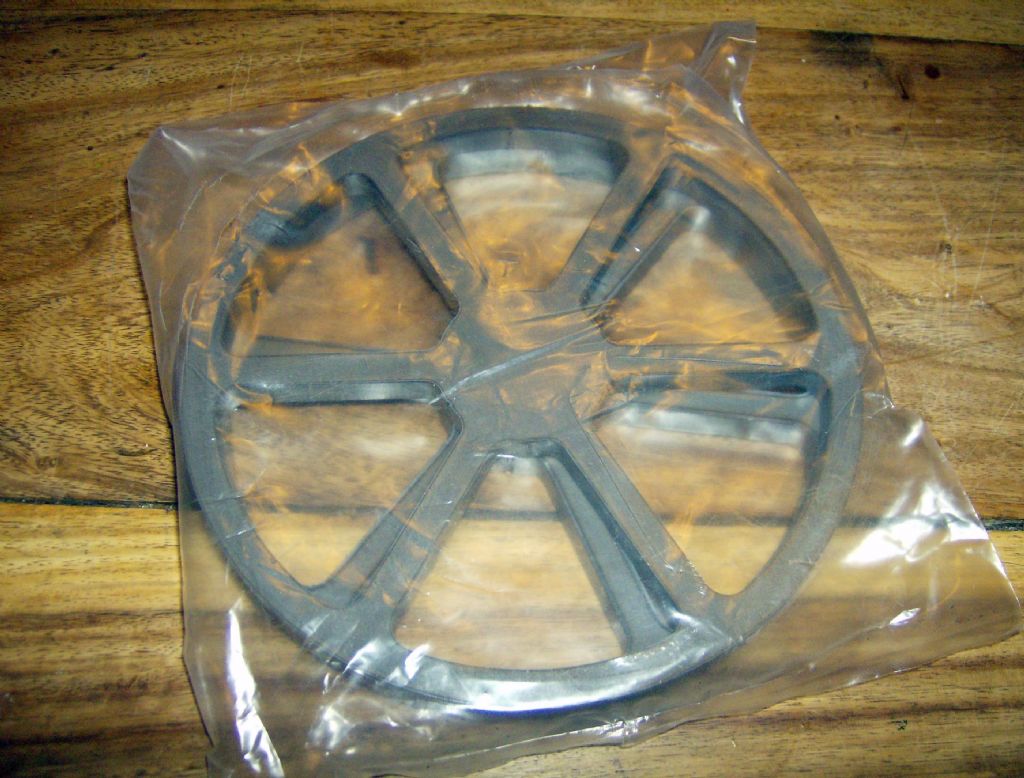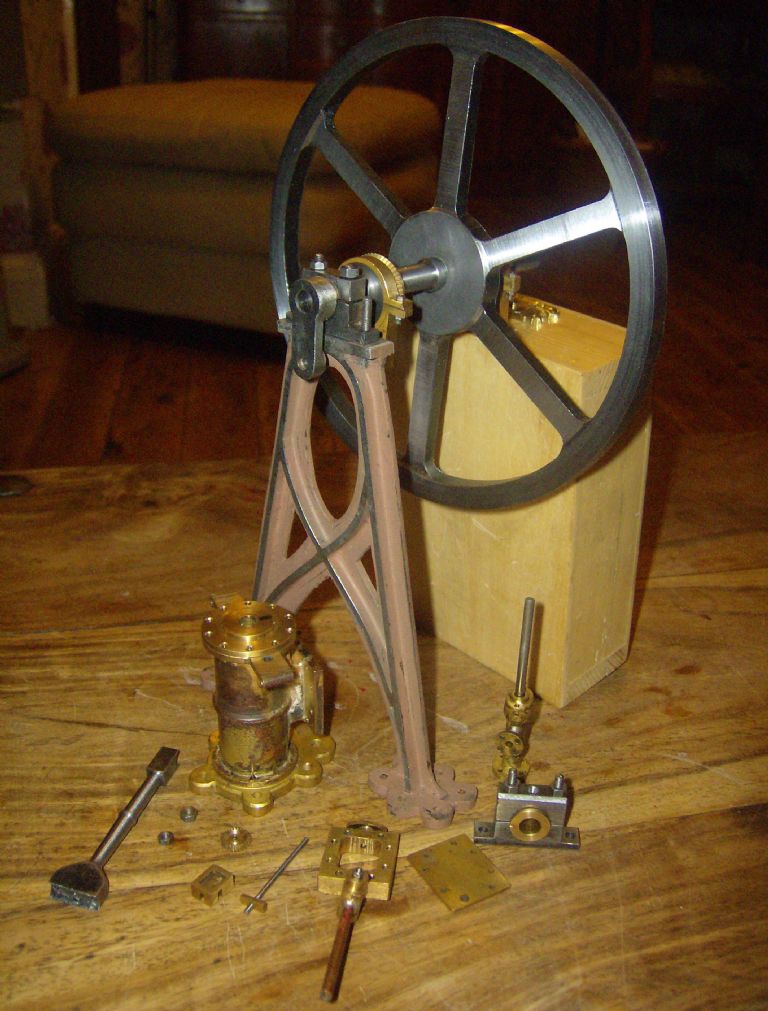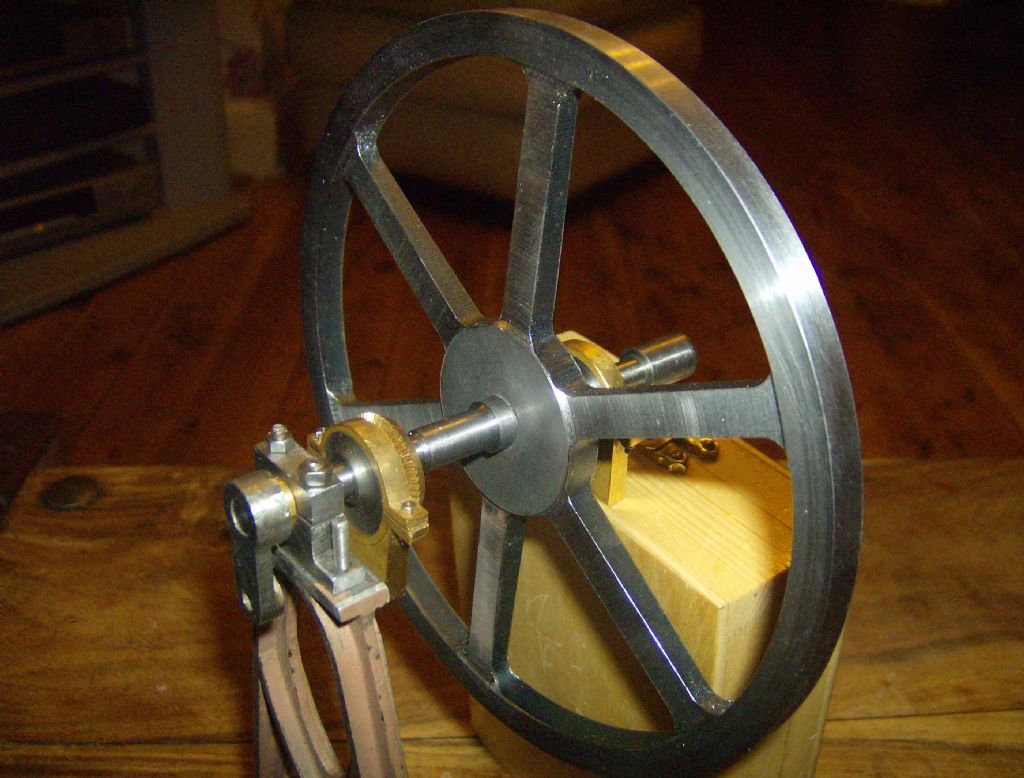Laser Cut Flywheels
Laser Cut Flywheels
- This topic has 17 replies, 8 voices, and was last updated 25 November 2012 at 19:52 by
Sub Mandrel.
Viewing 18 posts - 1 through 18 (of 18 total)
Viewing 18 posts - 1 through 18 (of 18 total)
- Please log in to reply to this topic. Registering is free and easy using the links on the menu at the top of this page.
Latest Replies
Viewing 25 topics - 1 through 25 (of 25 total)
-
- Topic
- Voices
- Last Post
Viewing 25 topics - 1 through 25 (of 25 total)
Latest Issue
Newsletter Sign-up
Latest Replies
- Lead-acid batteries
- How To Make A Pressure Gauge Syphon?
- Some wild kangaroos over a few days on our Front Door Ring Cam
- Anyone know about wells and Victorian plumbing?
- Web Hosting
- 3D printer choices
- Building Bernard Tekippe’s Precision Regulator
- CCTV -advice required
- Superheater pipe repair
- Dead flies on the front of the car










